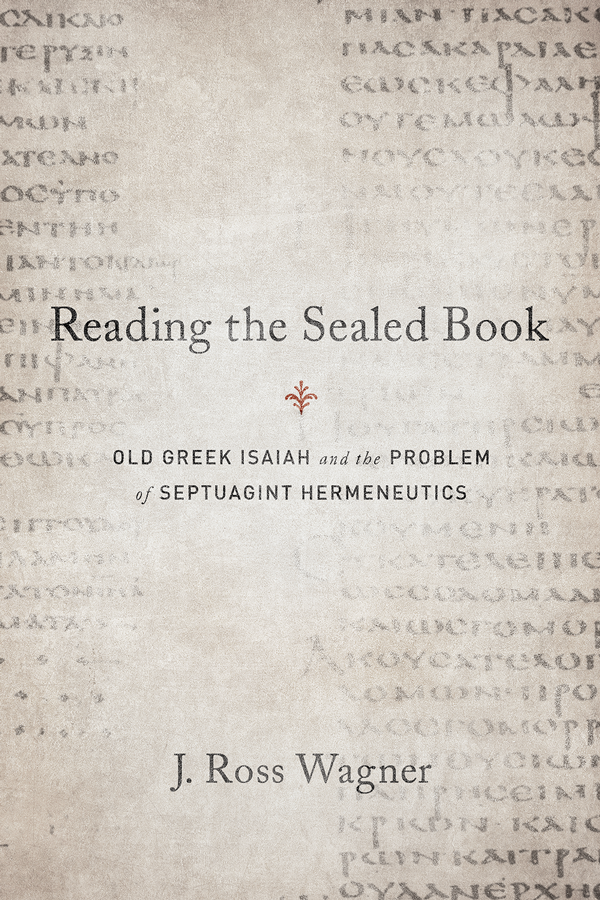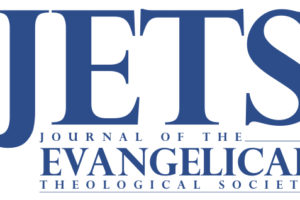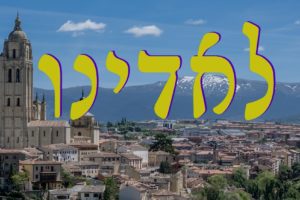Reading the Sealed Book is a work concerned with Septuagint hermeneutics, especially as it pertains to Isaiah. For those not familiar with Septuagint hermeneutics, the first chapter alone is worth the price of the book. It begins with a discussion of the two major centers of controversy with reference to Septuagint hermeneutics. First, is the LXX so influenced by the linguistic characteristics of its Hebrew parent that it is incoherent as a Greek text? Second, is the goal of a typical LXX text to bring the message of the text to the audience or is the goal to bring the audience to its Hebrew original? He notes the vigorous debates surrounding the answer to both of these questions. He believes that to get beyond this impasse we need an agreed upon methodology that allows us to study and compare the various texts that make up the LXX.
The method he is proposes is Descriptive Translation Studies (DTS). DTS asks three questions of a text. First, what function does this this text play in the community? Second, by what process was the text produced? Third, what type of text emerges at the end of the product of this process? After explaining this model, Wagner considers Aquila, Original Greek Reigns (Kings), and Original Greek Job. It is here that the value of this method shines. For example, Aquila is described as interlinear translation whose goal is to assist in an interaction with the Hebrew parent text. This chapter lays the groundwork for Wagner’s analysis of Greek Isaiah in later chapters. Wagner will contend – against claims that Greek Isaiah is an actualized interpretation of Hebrew Isaiah’s prophecy – that Greek Isaiah is a translation of Hebrew Isaiah that was meant to function as such for Hellenistic diaspora Jews.
The second chapter brings Descriptive Translation Studies into conversation with Umberto Eco’s insights into a given language’s ‘cultural encyclopedia.’ This will allow Wagner to posit, “a historically plausible variant” of the translator of Greek Isaiah and the community that will read the work. In other words, the description of the aims and method of the translator must be based upon a probable reconstruction of a Second Temple Jewish translator preparing a text for a Hellenistic diaspora community interested in reading or hearing said text.
Chapters three and four consist of an analysis of the translation of Isaiah 1:1-31. There, by analyzing a variety of textual traditions, he presents what he calls, “a ‘thick description’ of Isaiah’s opening vision in the Old Greek version, read within the cultural encyclopedia of the Hellenistic diaspora.” (227)
Having done this detailed work in chapters three and four, chapter five steps back and considers what he can say about character of Greek Isaiah. He mentions three aspects of Greek Isaiah that allows him to glean its function: linguistic, textual, and literary acceptability. Linguistically, it is a well written text that often, but not always, maintains “quantitative and serial fidelity”. (228) As a text, Ross Wagner deems it a coherent and acceptable piece of Greek literature. On a literary level Greek Isaiah enhances the inter-textual echoes and allusions of the parent Hebrew text. According to Wagner the translator of Greek Isaiah also alludes to events in the daily experience of the Hellenistic diaspora. For Wagner, this is not an example of actualization; it is a way of making the text more acceptable from a literary point of view.
Wagner surmises that the translator of Greek Isaiah 1 attempted to create an accurate rendering of the Hebrew original. However, the translator has a keen sense of how to convey what he considers to be the message of Isaiah 1 to a Greek speaking audience. Thus, as a translation, it stands on its own apart from its Hebrew parent. This is different from a typical excerpt from Aquila, which presupposes interaction with Hebrew Isaiah.
What are we to make of Wagner’s work? It is a rare book that both teaches the student new information, and provides the tools necessary to repeat the process that produced it. Such was my experience with Reading the Sealed book. For someone not well versed in translation theory, I found the first two chapters particularly informative. I can imagine returning to those chapters in particular when assessing my own, and others’, speculations regarding discrepancies between a given LXX section and its Hebrew parent.
Review by Esau McCaulley (esaumccaulley@gmail.com)
University of St Andrews





Leave a Reply
Your email is safe with us.